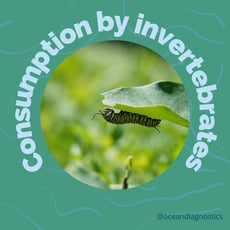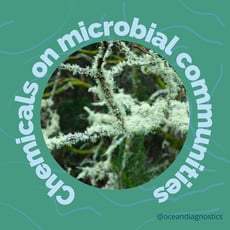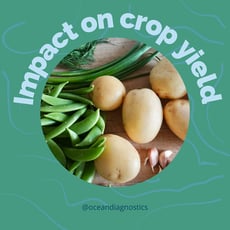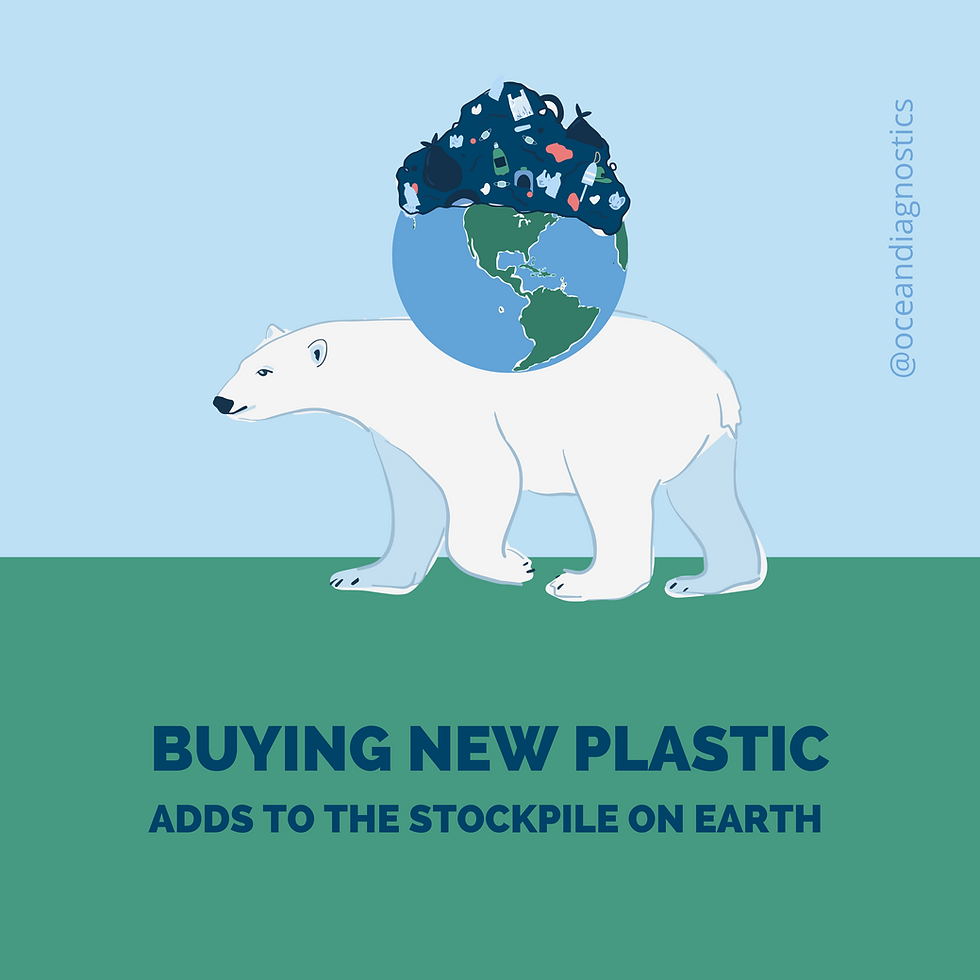Microplastic Pollution Cultivates Agricultural Issues
Microplastic in Soil and Agriculture
Microplastics in soil have cropped up as a topic of concern, but scientists are still harvesting information
In our Discovery Lab we explored microplastics in our waterways. Now, we dig into microplastics in Canadian soil.

Solid material from wastewater, called biosolids, is often used to fertilize agricultural land in Canada. Biosolids are natural fertilizers; they replace artificial fertilizers and add nutrients to the soil which help crops thrive.
Biosolids can contain microplastics from our household wastewater in addition to the natural material we flush down the drain. Microplastics are plastic particles five millimetres or less in size. They come in many shapes, sizes and chemical compositions and they’ve been found in virtually all areas on Earth, including in Canadian farmland.
Dr. Ryan Prosser, Associate Professor at the University of Guelph, studies microplastics in soil and fielded our questions on how they impact Canadian agriculture.
Healthy soil needs healthy critters to keep nutrients cycling. How do microplastics impact soil ecosystems?
Dr. Prosser and his team work to understand microplastics in Ontario farmland. Their research addresses three areas of concern to soil ecosystems:
1. Invertebrates, like earthworms and mites, could consume microplastics

Earthworms, for example, have important roles in soil fertility. They plow through soil, consume everything in sight and eliminate whatever is not nutritious. Whether they consume microplastics and how that might impact their health, are questions that Dr, Prosser and his team are investigating.
2. Chemical influence of microplastics on microbial communities

Microbial communities, like bacteria, are also important to consider in terms of healthy soil composition. Microplastics may leach chemicals as they slowly break down over time. Dr. Prosser also investigates whether these toxins will impact tiny organisms, like those in microbial communities.
3. Crop yield

It is already a challenging time to grow crops. Dr. Prosser and his team are researching whether microplastics contribute to these challenges
Is there a threshold for the amount of microplastics farmland withstand?
“How much do you have to accumulate before you really see adverse effects?” asks Dr. Prosser.
More research is needed to understand how these invertebrates are impacted, if at all, by microplastics in the soil they consume. Research is needed to understand how microbial communities interact with microplastics and how plant growth could be affected by microplastic chemical leakage.
Dr. Prosser rakes through data to understand when or what type of microplastics can have an impact on our agricultural environment.
Microplastic impacts on soil ecosystems could affect all Canadians
Fertile soil influences Canadian food production. If soil fertility decreases, fewer crops are produced. Smaller yields not only affect farmers but can impact Canada’s economy and food security.
“Microplastics in agriculture is a multistakeholder problem,” explains Dr. Prosser.
“Microplastics in agriculture is a multistakeholder problem,” explains Dr. Prosser. “If our soil is not productive, that is a big problem for the Canadian economy and a problem for in terms of providing food to Canadians.”
Federal, provincial and municipal governments need to be involved to generate solutions. Reducing single-use plastics at the federal and provincial levels is one step in the right direction.
From a biosolid standpoint, municipalities should also be concerned. Biosolids are currently deposited in farmlands. If that is no longer an option due to microplastic pollution, municipalities will need to find other endpoints for that solid waste.
The public can help by reducing our “virgin” plastic purchases
“The microplastics issue stems from waste management,” says Dr. Prosser. “If we do not release plastic into the environment, they will not break down into microplastics. The average Canadian can reduce what is going into the environment.”
It can be as simple as taking reusable bags to the grocery store instead of using "virgin” plastic bags
Dr. Prosser describes “virgin” plastic as new plastic. When new plastic is manufactured, it will stay in the environment for hundreds of years. “Whenever we buy something that is new plastic, we contribute to the stockpile of plastic on Earth. If we continue to make new plastic, the problem will just get bigger and bigger,” says Dr. Prosser.

“The average consumer can have a huge impact,” Dr. Prosser plants seeds of hope.
“The average consumer can have a huge impact by being very conscious about consumption of plastic, making choices about what products to buy and reducing the amount of plastic they contribute the waste stream,” describes Dr. Prosser.
The power is in our hands to choose products that are largely made from recycled products. We can also advocate for tighter restrictions that encourage manufacturers to create products from recycled plastic, rather than creating new plastic.
Care to dig deeper? Visit our Community Science Page to learn more about microplastic pollution in Canada.
Visit our Discovery Lab to hear from experts on microplastics in soil, freshwater, food systems, the ocean and more!
Subscribe to our newsletter so you don't miss out!
Ocean Diagnostics Inc is an environmental impact company that develops technologies and laboratory capabilities to standardize microplastics data collection and analysis. The company works closely with academic and government partners to advance microplastic science. ODI has partnered with Environment and Climate Change Canada to share information on plastic pollution from Canadian plastic experts. Learn more here.
